Twenty years after the watershed Sinus Consensus Conference of 1996, co-chaired by Leonard Shulman, Michael Block, Vincent Lacono and myself, we editorialized in The International Journal of Oral & Maxillofacial Implants, highlighting five areas of significant change that have occurred since that time. These five areas will be the topic of a session, titled “Sinus Consensus Update Session,” that I will moderate on March 17 as part of AO’s 2017 Annual Meeting.
The state of the science of the sinus floor bone graft is not settled. There remains significant controversy, and therefore ongoing innovation, as it relates to augmentation procedures to enhance osseointegration. The goal of this course will be to present key topics that have improved our understanding of when and how and if to do the sinus floor procedure.
One could say that the profession does not yet know what to do about aeration of the posterior maxilla with regard to tooth replacement, which is why every specialty must contribute to making treatment planning a success.
Here are five key developments that have informed our thinking:
1. Graft Material: At the time of the consensus conference in 1996, the use of autogenous bone, including mandibular, iliac, tibial and cranial graft, was championed, while alloplast and allografts were thought to be inferior (though the consensus conference found otherwise). Since that time, the use of xenogeneic bone has been found to be highly effective, if not the most effective, for sinus floor augmentation — a mostly space maintenance process with new bone formation migrating from the sinus floor. In fact, space maintenance without any graft material at all forms bone. Though the use of biomimetics are effective in the sinus floor and are an excellent tissue engineering advance, the use of growth factors and BMPs are generally reserved for more challenging cases.
2. Increased reports of combined alveolar and sinus floor grafting suggest that orthoalveolar form, that is, the formation of ideal shape and size of the alveolus for emergence profile restoration, is favored by clinicians even in the back of the mouth. Combined alveolar procedures done in conjunction with the addition of bone to the sinus floor gains bone mass for osseointegration as well helps to establish long term gingivo-alveolar health.
3. Technical advances since 1996 in performing the sinus graft now involve using an alveolar approach instead of a lateral approach. Transcrestal osteotomes are used vertically to intrude the sinus floor, sometimes simultaneously alveolar splitting to gain alveolar width.
4. For the fully edentulous setting, with the advent of the “all-on-4” method, sinus grafting is generally avoided even in the severely deficient patient. Implant angulation circumvents the sinus by gaining apical anchorage into pyriform, nasal crest, pterygoid or malar bone structure thus avoiding the need for sinus floor bone augmentation, a significant change in treatment prerogative since 1996.
5. Almost iconoclastic is the resurgence of the use of short implants, even ultra-short implants that avoid sinus penetration or are only minimally invasive, having been shown in three-year studies to be just as effective as sinus grafted implant sites using longer implants.
The overarching theme of the symposium is that ongoing clinical and basic science developments continue to strike a balance between biological efficacy and simplicity of treatment.
To view the full program guide and register to attend, visit http://meetings.osseo.org. Register by Jan. 23 and save up to $250.
As Latin America is the focus of the Academy of Osseointegration’s annual meeting this year, we look forward to dentists from our neighbors to the ...
SACRAMENTO, Calif., USA: An article titled “Lateral Wall Sinus Floor Elevation for Implant Placement: Revisiting Fundamentals and the Surgical ...
CARLSBAD, Calif., USA/KLEINOSTHEIM, Germany: Prosthetics and implant specialist Zimmer Dental has entered into a new agreement with curasan that will give ...
ORLANDO, Fla., USA: There’s plenty to smile about here in Orlando this weekend. Great weather. Lots of fun things to do with the whole family. Mickey....
NEW YORK, NY, USA: Impladent Ltd. is introducing OsteoTape, a combination of OsteoGen Synthetic Bioactive Resorbable Graft with highly purified Type I ...
ORLANDO, FL, USA: Nearly 4,000 dental professionals gathered at the Gaylord Palms here for the start of the 2009 American Association of Endodontists Annual...
As more and more dentists are using the Smart Dentin Grinder protocol to convert extracted teeth into autologous graft, it is becoming obvious that the ...
ORLANDO, Fla., USA: Members and guests of the American Association of Dental Office Managers (AADOM) gathered in mid-September in Orlando for the ...
ORLANDO, FL, USA: Many companies launched new products at the 2009 Annual Session of the American Association of Endodontists. The meeting, which was held ...
Osseous grafting needs to be performed in some clinical situations. This may vary from socket preservation following extraction, repair of bone loss at the ...
Live webinar
Wed. 14 January 2026
12:00 PM EST (New York)
Dr. Théo Laplane, Dr. Robert Gottlander DDS
Live webinar
Fri. 16 January 2026
12:00 PM EST (New York)
Live webinar
Mon. 19 January 2026
1:00 PM EST (New York)
Philipp Kopp, Michael Seeber
Live webinar
Thu. 22 January 2026
9:00 AM EST (New York)
Prof. Judith Jones D.D.S; M.P.H., Prof. Kakuhiro Fukai D.D.S., Ph.D, Dr. Bathsheba (Bethy) Turton
Live webinar
Thu. 22 January 2026
2:00 PM EST (New York)
Dr. Nicola M. Grande DDS, PhD
Live webinar
Wed. 28 January 2026
8:00 AM EST (New York)
Live webinar
Wed. 28 January 2026
11:00 AM EST (New York)
Prof. Dr. Jan-Frederik Güth



 Austria / Österreich
Austria / Österreich
 Bosnia and Herzegovina / Босна и Херцеговина
Bosnia and Herzegovina / Босна и Херцеговина
 Bulgaria / България
Bulgaria / България
 Croatia / Hrvatska
Croatia / Hrvatska
 Czech Republic & Slovakia / Česká republika & Slovensko
Czech Republic & Slovakia / Česká republika & Slovensko
 France / France
France / France
 Germany / Deutschland
Germany / Deutschland
 Greece / ΕΛΛΑΔΑ
Greece / ΕΛΛΑΔΑ
 Hungary / Hungary
Hungary / Hungary
 Italy / Italia
Italy / Italia
 Netherlands / Nederland
Netherlands / Nederland
 Nordic / Nordic
Nordic / Nordic
 Poland / Polska
Poland / Polska
 Portugal / Portugal
Portugal / Portugal
 Romania & Moldova / România & Moldova
Romania & Moldova / România & Moldova
 Slovenia / Slovenija
Slovenia / Slovenija
 Serbia & Montenegro / Србија и Црна Гора
Serbia & Montenegro / Србија и Црна Гора
 Spain / España
Spain / España
 Switzerland / Schweiz
Switzerland / Schweiz
 Turkey / Türkiye
Turkey / Türkiye
 UK & Ireland / UK & Ireland
UK & Ireland / UK & Ireland
 International / International
International / International
 Brazil / Brasil
Brazil / Brasil
 Canada / Canada
Canada / Canada
 Latin America / Latinoamérica
Latin America / Latinoamérica
 China / 中国
China / 中国
 India / भारत गणराज्य
India / भारत गणराज्य
 Pakistan / Pākistān
Pakistan / Pākistān
 Vietnam / Việt Nam
Vietnam / Việt Nam
 ASEAN / ASEAN
ASEAN / ASEAN
 Israel / מְדִינַת יִשְׂרָאֵל
Israel / מְדִינַת יִשְׂרָאֵל
 Algeria, Morocco & Tunisia / الجزائر والمغرب وتونس
Algeria, Morocco & Tunisia / الجزائر والمغرب وتونس
 Middle East / Middle East
Middle East / Middle East

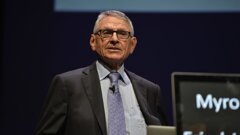




























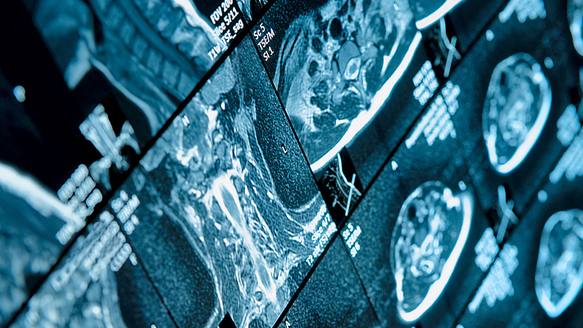




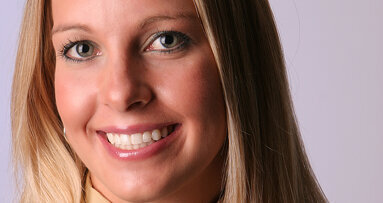
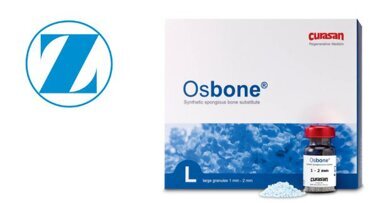
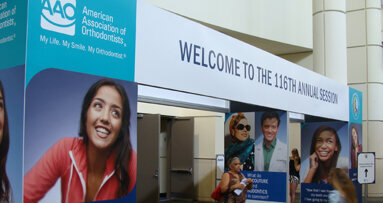
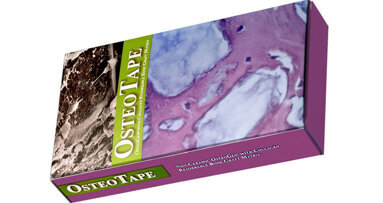
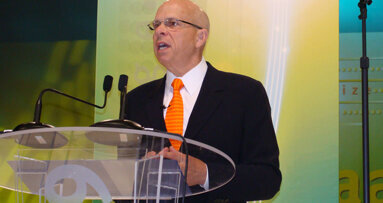

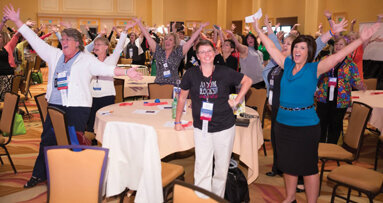
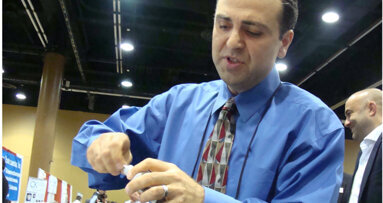
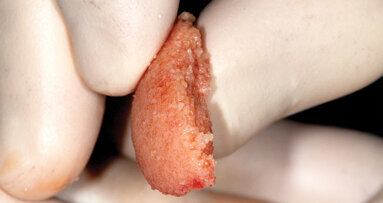

















To post a reply please login or register